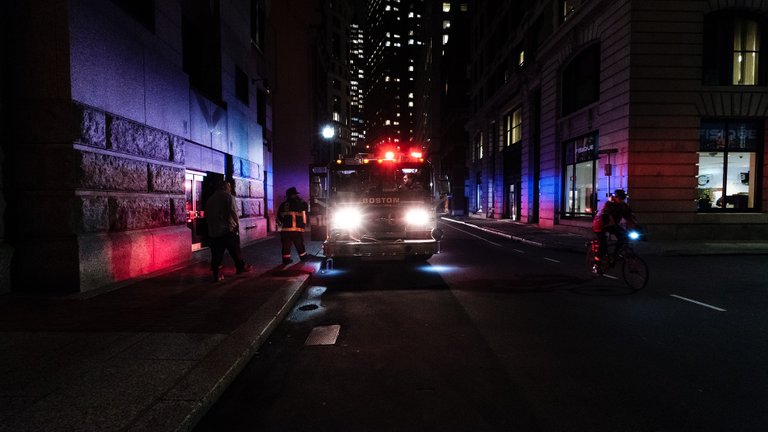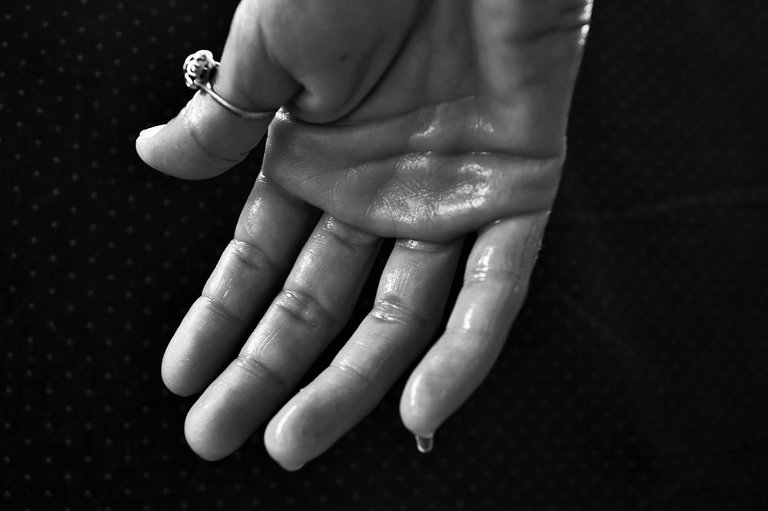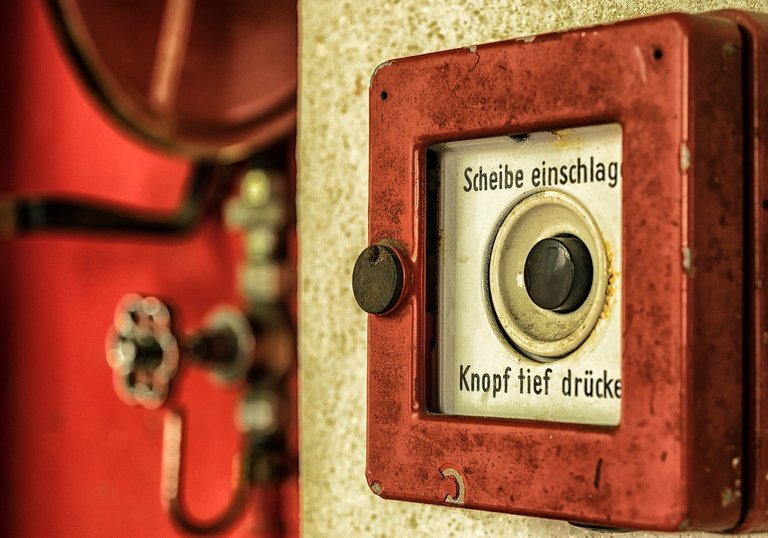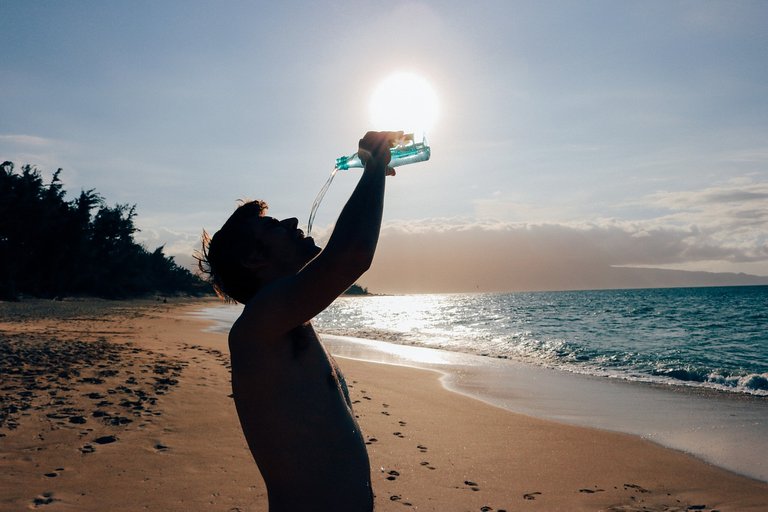It struck me over and over, stronger without waning; a long biting bout of dread. Last night was dreadful.
I'm part of a continuous stream of people, posted across the country on a one year service program. I serve as a teacher in a community secondary school at Inoma, Anambra state. Here, my service colleagues and I also engage in community development programs. Inoma is a rural settlement of farmers in the southeastern part of the country, but it has about the same climate and land topograghy as places in the north of Nigeria. Inoma experiences intense sunshine, dry sub-saharan wind, very low humidity, cracked, sun-baked and yet very fertile soil in dry seasons. It gets swampy due to heavy down pours and some times flooding in the rainy season. The community provided us a lodge and a water pump in the school premises, which is located at the extreme side of the community.
Yesterday, after a very long not so eventful day, I had a nice bath and dinner, then I was on steemit; reading and posting. Two hours or more later, I felt I needed another shower, because the air was getting hot and rising due to the intense sunshine during the day. I had a quick shower, got back on my bed, did a little more reading on steemit, talked with my friend and then I slept.
The next thing I remembered was the still and numbing heat, pressing me down on my bed. I was partly short of breath. I couldn't get myself off the bed, and my skin felt glazed that I couldn't feel the air around me. I moved my legs in a rhythmic pattern and could only move my body 90° on either side; the bed was so hot. I perceived the heat radiating through the unpainted walls of the room, like the chamber of a microwave oven - a heat wave. Shortly, I was taking in a cocktail of shallow and hurting deep breaths, all I heard was a voice asking if I was okay. It was my friend's and as much as I heard the question, I'm not sure I understood it the first few times it was asked; I was disoriented. All I heard in my head now was asking myself "is this a heat stroke ? My friend was able to take me out of the room. Outside wasn't all good either, she had a hand fan so she started off faning me continuously. It wasn't doing so much, though then my breathing was back to normal and I was more coordinated. So we got water from the pump outside the lodge and I poured it on myself until my temperature was down again. When it was all over the time was 1:45am. I stayed up till 3:00am surfing the internet for an answer; heat exhaustion.
Heat Exhaustion and Heat Stroke
Heat exhaustion is a heat-related illness that can occur after you've been exposed to high temperatures, and it often is accompanied by dehydration.
There are two types of heat exhaustion according to webmd.
Water depletion;
Signs include excessive thirst, weakness, headache, and loss of consciousness.
Salt depletion;
Signs include nausea and vomiting, muscle cramps, and dizziness.
Further from Heat exhaustion is another phenomenon called Heat stroke which medicalnewstoday reported thus;
Heatstroke, also called sunstroke, is the most serious heat-related illness. It occurs when the body's temperature is 104ºF or higher, and it is a life-threatening medical emergency.
There are exertional and non-exertional Heat stroke;
Non-exertional heatstroke occurs in those who cannot adapt well to increasingly hot temperatures. Older adults, people with chronic illnesses, and infants are often affected.
A person typically experiences this type of heatstroke when they are indoors without air conditioning, and they may not be engaging in any physical activity. It can take several days of high temperatures for non-exertional heatstroke to occur, and it is common during extreme heat waves. Quite terrifying, no?
Exertional heatstroke occurs in people whose bodies can no longer adapt to rising temperatures while exercising or working. This condition can develop within a few hours, and it usually affects people who are spending time outdoors.
Now imagine how bad this could be if it sets in, while you are out with family, friends, or colleagues; camping, hiking, road trip
Although heat exhaustion isn't as serious as heat stroke, it isn't something to be taken lightly.Without proper intervention, heat exhaustion can progress to heat stroke, which can damage the brain and other vital organs, and even cause death. That been said, with the rise in temperature, it'd be safest to know how to avoid Heat exhaustion, Heat stroke and other heat-related ailments.
Symptoms
Heat exhaustion symptoms can include: Fatigue, Nausea, Headache, Excessive thirst, Muscle aches and cramps, Weakness, Confusion or anxiety, Drenching sweats, often accompanied by cold, clammy skin or a sensation of prickly skin, Slowed or weakened heartbeat, Dizziness, Fainting, Agitation.
Heat stroke could occur instantly without symptoms of Heat exhaustion or set in with symptoms of Heat stroke, which may rapidly worsen to include: seizure, loss of consciousness, coma, etc.
Spending time in closed cars puts small children and pets at high risk of heatstroke. The CDC estimate that when the temperature outdoors is 80ºF, the temperature inside a closed car rises to 109ºF within 20 minutes. The hotter it is outside, the faster the temperature rises inside a vehicle.
What Next, Right?
If one suspects one's having a Heat stroke, it'd be best to reverse prevailing conditions like; moving to a shady location, removing one or more articles of clothing, resting out of the sun, turning on a fan or the air conditioning, running cool water over the skin or applying cool, wet towels to the body.
If a person vomits or feels nauseous and/or shows symptoms of Heat stroke, seek medical attention.
To treat it, a doctor may: apply ice packs to the neck, armpits, and groin, spray cool mists, support any injured organ systems, use a specialized cooling blanket, administer intravenous fluids that promote cooling and hydration.
Prevention
Heat exhaustion and heat stroke are both heat-related ailments, to prevent them, the goal would be to keep the body temperature within the normal range - to stay cool, just as you must have guessed.
Spending time in closed cars puts small children and pets at high risk of heatstroke. The CDC estimate that when the temperature outdoors is 80ºF, the temperature inside a closed car rises to 109ºF within 20 minutes. The hotter it is outside, the faster the temperature rises inside a vehicle.
The following strategies can help achieve the goal of staying cool; staying indoors during the hottest part of the day, trying to stay in the shade when outdoors, drinking an extra 2–4 cups of water every hour while exposed to high temperatures, taking frequent breaks when working or exercising outdoors on hot days, wearing loose, light-colored clothing, using cooler water for showers and baths, wearing a wide-brimmed hat to shield the face from the sun, avoiding drinks that dehydrate, including those with caffeine or alcohol, wearing breathable fabrics like cotton, rather than synthetic blends, spending part of the day in an air-conditioned place, such as a mall, library, or movie theater.
Closing Thoughts
Being well informed of the symptoms of these heat-related ailments and being able to reverse conditions - staying cool - could help in the prevention of life-threatening situations.
Recognizing the symptoms and giving accurate and timely treatment, one can easily recover from Heat exhaustion and Heat stroke. Now we know, that Heat stroke left untreated can lead to death, we can avoid having episodes even in extremely hot days by taking the right steps.
Thanks for stopping by! Stay cool!
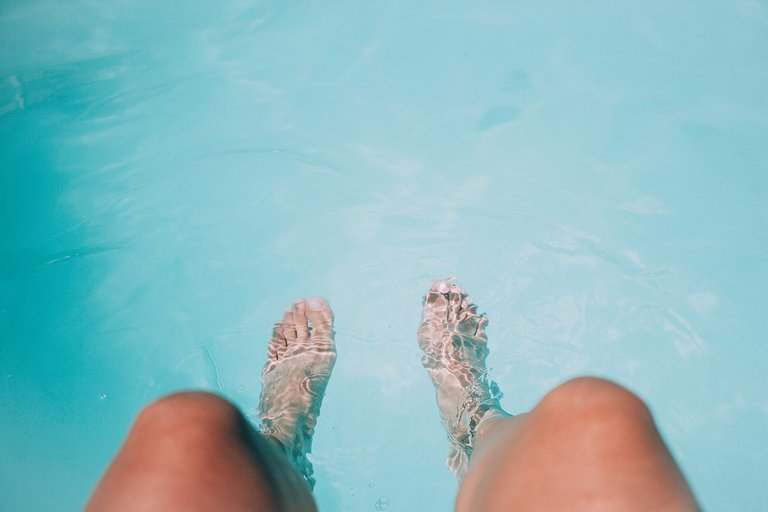 Pixabay
Pixabay
To read more on this topic, check out the following REFERENCES.
Heat Exhaustion - Symptoms, Treatment, Recovery, and Prevention from webmd.com
Heat stroke vs. heat exhaustion - Differences and treatment from webmd.com
Heat Stroke vs. Heat Exhaustion - Know the Difference. Retrieved on 3rd February, 2019.
Images are from pixabay, all licensed under creative commons and eligible for commercial use.
